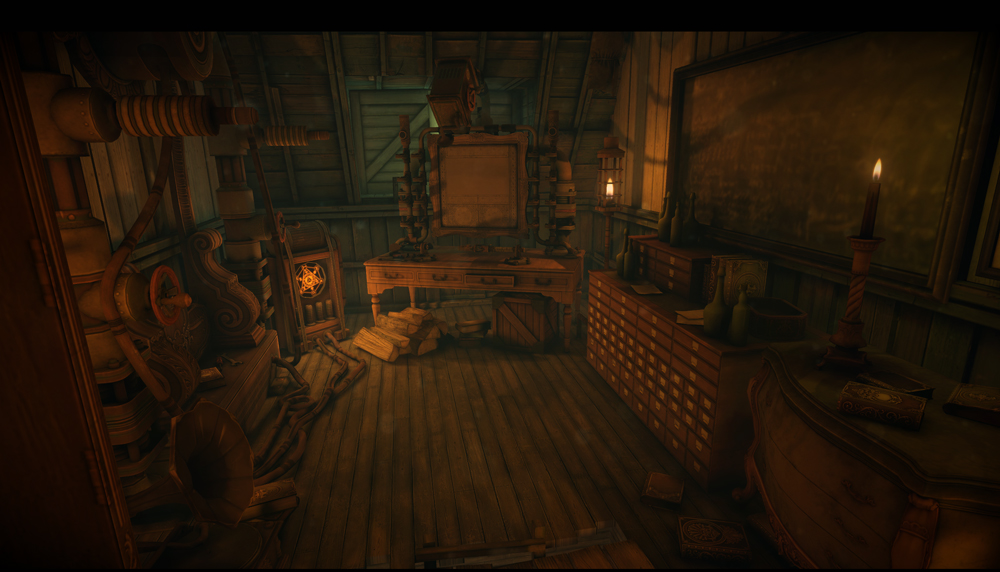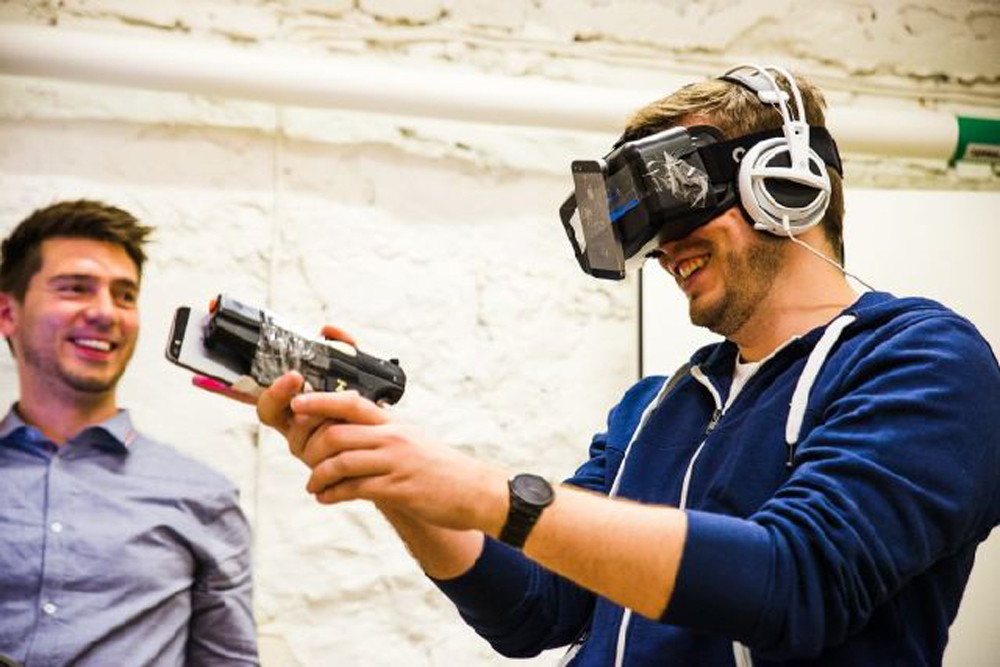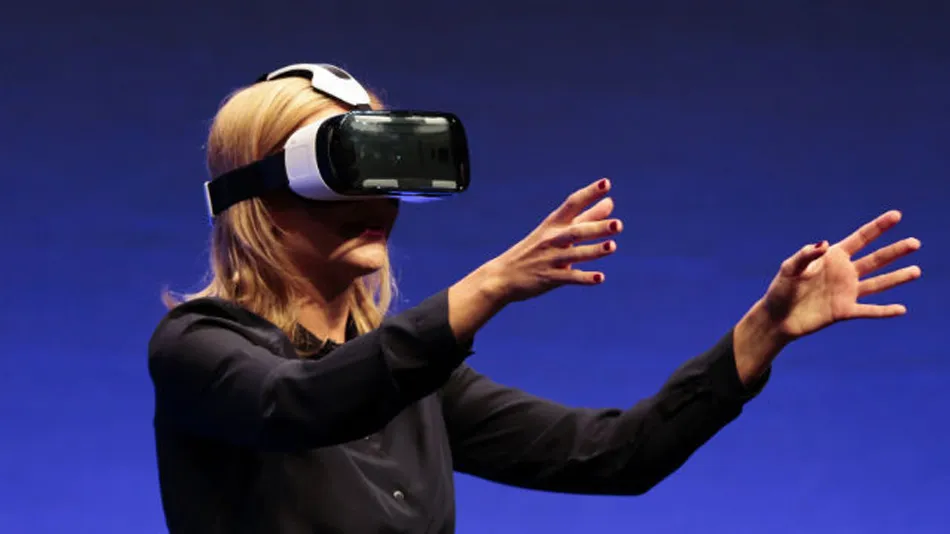At Oculus Connect last year Oculus CTO John Carmack stated that mobile positional tracking was problem that he wants “solved right now,” wishing that “somebody had spent all of this last year on it.” While Carmack has recently said that he has shifted his personal focus to the problem it turns out somebody has been working on it for the last year, and they may have arrived at a solution.
Univrses, who we first covered a year ago to the day, has been developing a mobile VR positional tracking solution that uses only the regular camera on a phone. Since we covered them originally the company has been fairly quiet, outside of announcing they are developing a magic casting game for VR called Wands. But a year’s worth of heads down development on a single issue can yield results, and now they are finally ready to reveal their solution to the world at this year’s Mobile World Conference.
“You get these moments where you walk around totally untethered,” says Ricky Helgasson, Univrses CEO and founder, “and you get butterflies in your stomach from how cool it is. After a session like that, it’s easy to continue pursuing the end goal of high quality positional tracking for mobile headsets.”

Dubbed Playground, Univrses’ solution utilizes a computer vision technique known as simultaneous location and mapping, or SLAM for short, to determine where a user is in space. Basically they are able to use the phone’s camera, accelerometer and gyroscope to determine the phone’s location in 3D space in a mapped room.
The user can also map their playspace prior to starting the game, similar to how one would set the bounds for the HTC Vive. According to Helgesson, this allows for less stress on the CPU, leaving more room for actual VR and AR applications to run and burning less battery. Users won’t have to map their environment before using the system, but it’s an option. Another method that maps continuously consumes battery power more quickly. This also means you can quickly turn on positional tracking in scenarios like when you are sitting on an airplane, with nearly “instant initialization.”
Helgesson says the company is currently working with the Gear VR and “other headsets based on specific agreements in AR and VR” and plan to release their software “before summer.” For developers Univrses is planning to release a C API that can be used with any game engine, as well as a Unity plugin on to of the C API. The company is also exploring releasing “ready-to-go plugins” for other engines in the future.

The real question is though, will it work?
Univrses earlier iterations were marred by jitter caused by imperfections in the tracking algorithm. This made the scenes fairly nauseating to watch, even in a 2D video.
Watching the latest videos, however, that jitter appears to be significantly reduced however it is hard to tell how it will translate into the headset. We will be going hands on with it and Univrses’ mobile VR game, Wands, at the Mobile World Conference next week and will be sure to report back with our impressions.
Mobile VR currently stands somewhere between the experience of the first Oculus developer kit and the second, but if Univrses is able to add positional tracking to it mobile VR may end up being the killer platform earlier than expected.
Clarification: This post was updated from its original version to clarify the method of position tracking.




























